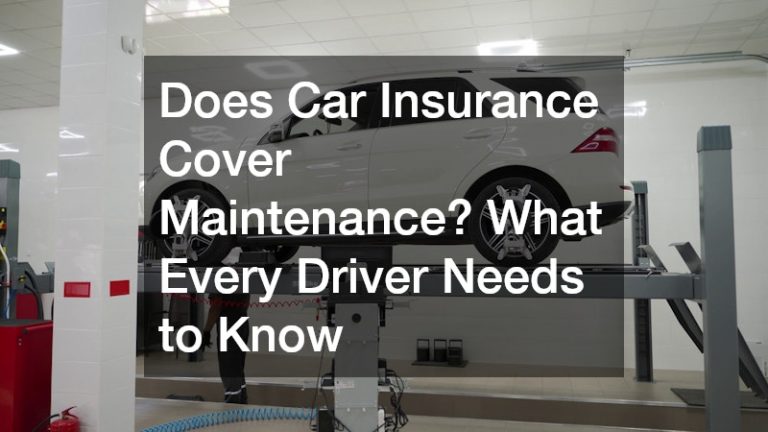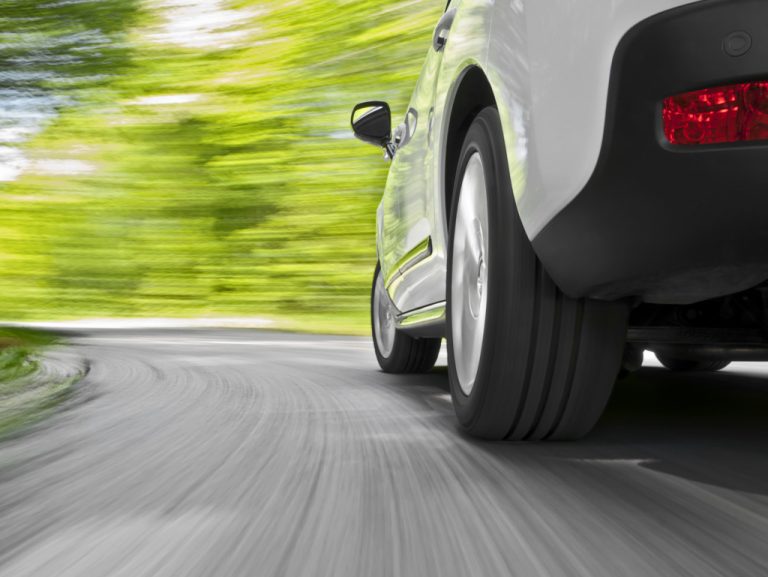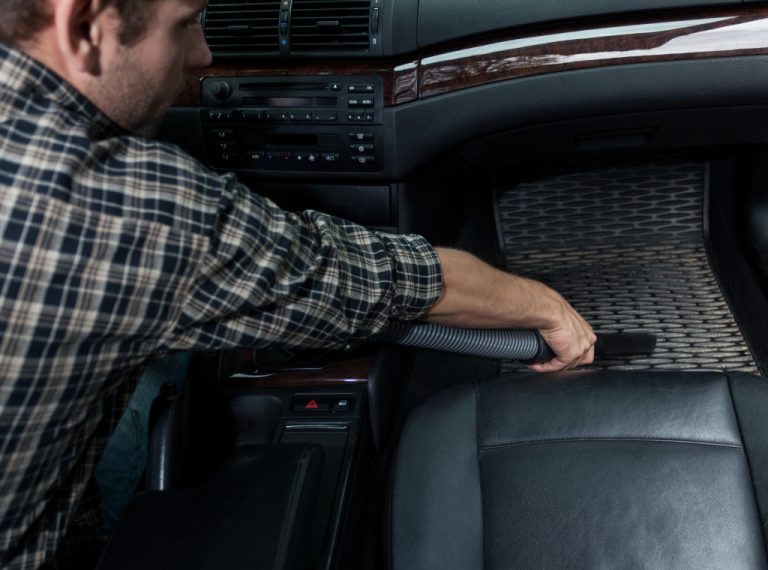Key Takeaways
-
ADAS sensors rely on precise calibration after any windshield replacement, car window replacement, or automotive glass repair to function correctly.
-
Warning lights such as lane-keeping assist, forward collision alerts, and adaptive cruise control warnings often indicate misaligned sensors.
-
Misaligned cameras and radar units can cause false alerts, lane departure errors, and adaptive cruise control malfunctions.
-
Even minor misalignment after car window replacement can significantly reduce the effectiveness of collision avoidance systems.
-
Proper recalibration should always be performed by certified workshops using OEM-approved equipment and following manufacturer guidelines.
-
Keeping documentation of all calibration services protects warranties, ensures insurance coverage, and provides proof of maintenance.
-
Proactive sensor checks and calibration after any vehicle window repair maintain safety, system reliability, and long-term vehicle value.
Advanced Driver Assistance Systems (ADAS) have transformed vehicle safety in recent years. Features such as lane departure warning, adaptive cruise control, automatic emergency braking, blind spot monitoring, and traffic sign recognition are now standard in many modern cars. These systems rely on a network of cameras, radar, lidar, and ultrasonic sensors to interpret the environment around the vehicle and respond appropriately to potential hazards. While these systems dramatically enhance safety, their effectiveness depends entirely on precise calibration. Even minor misalignment can reduce their functionality or cause them to fail entirely.
One of the most overlooked causes of misalignment is car window replacement or windshield replacement. Whether due to damage, cracks, or general wear, replacing automotive glass often requires removing or adjusting ADAS sensors mounted on or near the glass. If these sensors are not recalibrated afterward, the vehicle may produce false alerts, trigger warning lights, or even fail to activate critical safety systems. In this article, we’ll explore common problems caused by improperly calibrated ADAS sensors, the risks associated with ignoring calibration, and practical steps to ensure your vehicle remains safe and reliable.
What ADAS Sensor Calibration Is and Why It Matters
ADAS sensor calibration is the process of ensuring that cameras, radar units, and lidar sensors are aligned to the vehicle manufacturer’s specifications. Without proper calibration, the vehicle’s systems may misinterpret lane markings, obstacles, or surrounding traffic, which can significantly reduce the effectiveness of safety features. Calibration is often required after car window replacement, windshield replacement, bumper repairs, suspension changes, or when sensors themselves are replaced.
Proper calibration is essential not only for the immediate functionality of ADAS features but also for long-term vehicle safety and compliance with insurance and warranty requirements. Misaligned sensors can cause safety-critical systems, such as adaptive cruise control or automatic emergency braking, to behave unpredictably. Even small deviations of a few millimeters or degrees can affect detection accuracy, especially in high-speed or complex driving conditions.
Key points to remember:
-
Car window replacement or automotive glass repair can shift cameras or radar sensors, impacting ADAS functionality.
-
Proper calibration requires specialized equipment, training, and adherence to manufacturer guidelines.
-
Skipping calibration can void warranties and affect insurance claims in the event of an accident.
-
Both static and dynamic calibration methods may be necessary depending on the sensor type and vehicle model.
By understanding why calibration matters, drivers can proactively protect themselves and ensure their vehicle’s ADAS features remain fully operational.
Warning Lights and Dashboard Alerts
One of the first signs of misaligned ADAS sensors is the illumination of warning lights or error messages on the dashboard. After car window replacement or automotive glass repair, these warnings may appear immediately or manifest gradually as sensors settle. Ignoring them can compromise safety and lead to costly repairs.
Common warning lights include lane-keeping assist, forward collision warning, and adaptive cruise control alerts. Some vehicles may also trigger check engine or ADAS fault codes if multiple sensors are misaligned. These warnings signal that the vehicle’s safety systems may not be operating correctly, and ignoring them can put the driver and passengers at risk.
Key considerations and actionable steps:
-
Lane-keeping assist warning lights often indicate camera misalignment caused by windshield replacement or vibration during installation.
-
Forward collision alerts may appear unnecessarily if radar sensors are tilted or obstructed.
-
Adaptive cruise control warnings suggest radar or lidar misalignment, which may prevent the system from maintaining proper following distance.
-
Persistent warning lights should be addressed immediately at a certified workshop to ensure all sensors are recalibrated.
Drivers should never assume that warning lights are minor issues. In many cases, they are a critical signal that recalibration is required after car window replacement or related repairs.
Misaligned Cameras and Sensor Issues
ADAS sensors, including forward-facing cameras, radar, and lidar, are extremely sensitive to misalignment. Even minor deviations can result in false alerts, system malfunctions, or complete feature failure. Windshield replacement or car window repair is one of the most common causes of sensor misalignment, as these sensors are often mounted directly on or near the glass.
Misaligned cameras can fail to detect lane markings accurately, causing lane departure warnings or lane-keeping assist to behave erratically. Radar misalignment may affect adaptive cruise control and automatic emergency braking, causing the vehicle to react too late, brake unnecessarily, or fail to engage in critical situations. Ultrasonic sensors used for parking assistance or blind spot detection may also produce false alerts or fail entirely if misaligned.
Detailed bullet points for drivers:
-
Forward-facing camera misalignment can affect traffic sign recognition and lane-keeping functionality.
-
Radar misalignment can compromise adaptive cruise control and collision avoidance systems.
-
Ultrasonic sensor errors may impact parking assist, blind spot monitoring, and other proximity-based features.
-
Even minor misalignment from a windshield replacement or vehicle window repair can have major safety implications.
-
Professional calibration is the only reliable way to ensure sensor alignment; DIY adjustments are often ineffective.
Regular checks and calibration after automotive glass repair or car window replacement ensure that all ADAS systems function reliably, improving both safety and peace of mind.
Lane Departure and Lane-Keeping Errors
Lane departure warning (LDW) and lane-keeping assist (LKA) systems rely heavily on accurately calibrated cameras to detect lane markings. Misalignment due to car window replacement, windshield repair, or minor collisions can result in unpredictable system behavior.
Common problems include the vehicle drifting between lanes without warning, false lane departure alerts on straight or wide roads, and overcorrection by lane-keeping assist, which can create additional stress for the driver. In some cases, misalignment may cause these systems to disengage entirely, removing a key safety feature from the vehicle.
Important considerations:
-
Lane-keeping assist alerts that seem inconsistent or overly sensitive often indicate sensor misalignment.
-
Misaligned sensors may not detect faded or partially obscured lane markings, leading to system failure.
-
Calibration after automotive glass replacement ensures that lane departure warnings and lane-keeping assist function as intended.
Practical bullet points:
-
Check lane-keeping alerts for unusual behavior, especially after car window replacement.
-
If vehicle drift or false alerts occur, consult a certified workshop for recalibration.
-
Ensure that static or dynamic calibration procedures are followed according to the manufacturer’s specifications.
By addressing sensor misalignment promptly, drivers can restore reliable lane-keeping and improve overall safety.
Adaptive Cruise Control and Collision Avoidance Problems
Adaptive cruise control (ACC) and automatic emergency braking systems rely on radar and lidar sensors to detect traffic conditions. Misalignment from windshield replacement, car window repair, bumper work, or suspension changes can significantly impair these systems.
Common issues include ACC failing to maintain safe following distances, emergency braking activating unnecessarily in clear traffic, or systems failing to engage during real hazards. Even a minor shift in radar alignment caused by car window replacement can make the difference between timely collision avoidance and a dangerous accident.
Detailed bullet points for drivers:
-
Test ACC and collision avoidance systems in safe, low-speed environments after automotive glass replacement.
-
Monitor warning lights and system alerts closely.
-
Ensure recalibration is performed by a certified technician using OEM-approved equipment.
-
Regular checks can prevent false alerts, improper braking, and reduced system reliability.
Accurate sensor calibration is essential for these systems to function correctly, especially in high-speed or complex driving scenarios.
Real-World Consequences of Improper Calibration
Failing to recalibrate ADAS sensors after car window replacement or windshield repair can have serious safety, financial, and legal consequences.
Safety risks include:
-
Reduced effectiveness of collision warning and emergency braking systems.
-
Increased likelihood of lane-departure accidents due to misaligned cameras.
-
Parking assist or blind spot monitoring failures, particularly in crowded or tight spaces.
Financial and legal implications:
-
Insurance claims may be denied if an accident occurs while ADAS sensors are misaligned.
-
Vehicle warranties may be voided if proper recalibration was not performed after repairs.
-
Additional costs may arise from repeated sensor malfunctions, false alerts, or corrective repairs.
Key bullet points:
-
Always verify ADAS functionality after windshield or vehicle window repair.
-
Maintain documentation of recalibration for insurance and warranty purposes.
-
Address dashboard warnings and abnormal system behavior immediately to avoid safety hazards.
Proactive recalibration protects both vehicle safety and driver investment.
How to Prevent ADAS Sensor Problems
Preventing issues with ADAS sensors is simpler than repairing them after problems occur. Proactive measures ensure that your vehicle’s safety systems remain reliable after car window replacement, windshield replacement, or other automotive glass repairs.
Best practices for drivers:
-
Always request ADAS recalibration after any automotive glass repair or vehicle window replacement.
-
Use certified workshops with OEM-approved calibration equipment.
-
Confirm sensor alignment with diagnostic software or visual verification.
-
Check dashboard warning lights immediately after repairs.
-
Avoid DIY calibration unless trained and equipped with proper tools.
-
Keep detailed records of all calibration work for warranty and insurance purposes.
-
Follow manufacturer-specific calibration procedures, including static and dynamic methods if required.
By following these practices, drivers can maintain fully functional ADAS systems, reduce accident risk, and protect vehicle value.
ADAS sensors are critical for modern vehicle safety, but their effectiveness depends on precise calibration. Misalignment caused by windshield replacement, car window repair, or other automotive glass work can lead to warning lights, false alerts, lane departure errors, and adaptive cruise control failures.
The consequences of improper calibration are serious: reduced system reliability, increased accident risk, voided warranties, and denied insurance claims. Drivers should always ensure recalibration is completed by certified professionals using the correct equipment.
By understanding the common problems caused by misaligned sensors and taking proactive steps after any automotive glass replacement, car owners can maintain the full safety benefits of ADAS systems, improve reliability, and protect both themselves and their vehicles.
